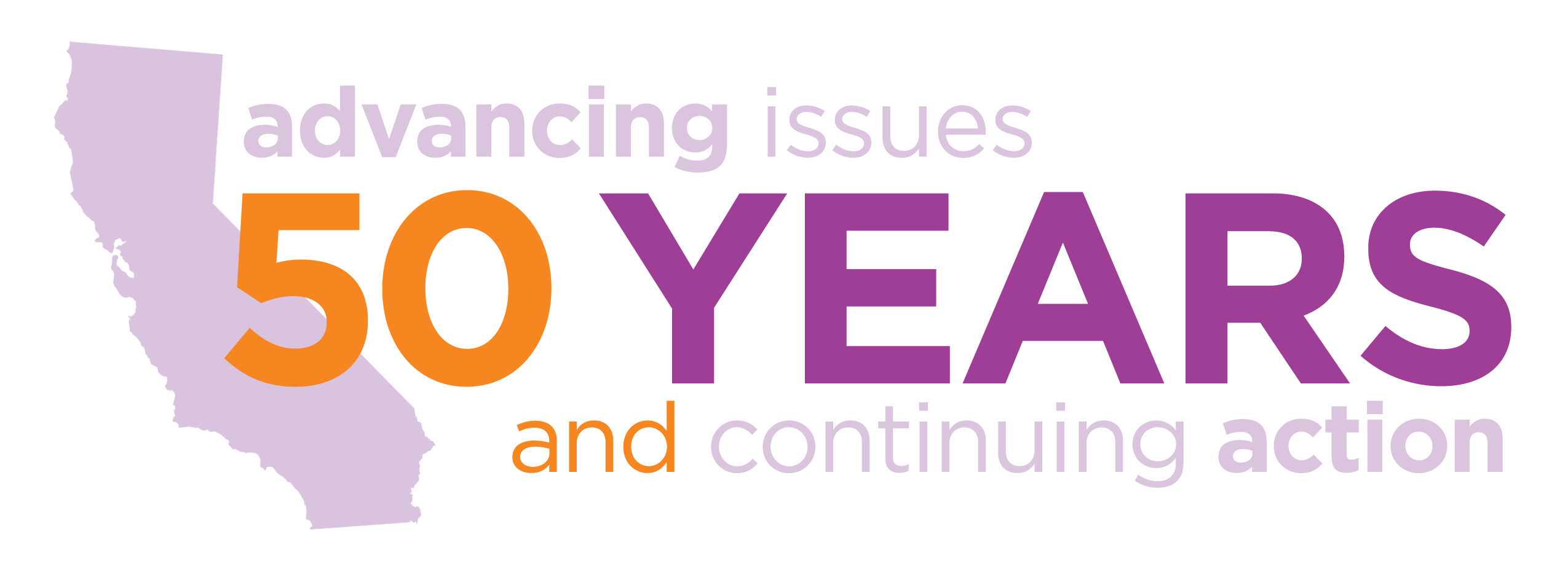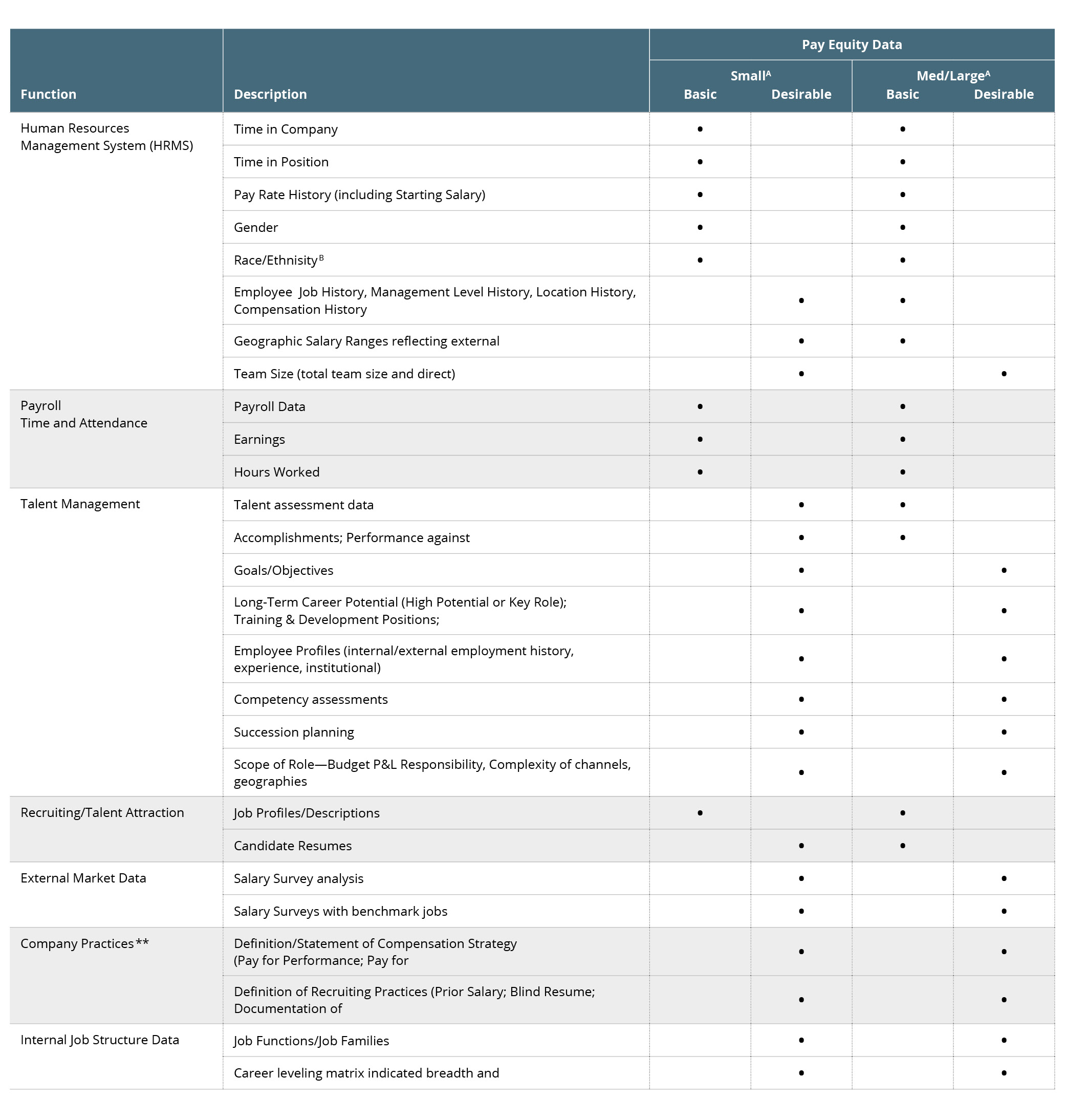I Want to Perform a Gender Pay Equity Analysis
California law requires that employers pay women and men doing substantially similar work the same wage rate. To comply, businesses may want to evaluate the jobs their employees do and compare wages by gender:
- Collect the right data
- Identify employees doing substantially similar work | Step-by-Step Job Evaluation Template for Employers to Determine Wage Rate
- Compare wage rates for employees of the opposite sex
- Determine reasons for any differences in pay
- Remedy any disparity that cannot be justified based on a seniority or merit system, a system that measures earnings by quality or quality of production, or another bona-fide factor that is job related and necessary for the business such as education, training, experience, or the geographical location of the employee and cost of living in that area.
Collect the right data
Beginning a pay equity analysis means having the right information to analyze. Generally, this means collecting information about employees, jobs, business/company practices, market data, and salaries, though the size of your business may impact what you collect and what makes sense to collect.
For employers of all sizes, retaining information to perform a pay audit will help you to:
- Establish and/or change existing management practices
- Ensure that sufficient data for a pay equity analysis are captured and stored in an accurate manner with appropriate retention schedules
- Analyze and take action on pay equity data.The chart below summarizes infrastructure and data that would be useful in conducting a pay equity analysis.
These may not always apply based on industry or employee population. There may be other data points that may be relevant that may not be listed here. While not explicitly required by law, this data may facilitate compliance with the law.
A. While the definitions of “small” and “large” employers vary depending on the context, the pay equity data are categorized as basic and aspirational to illustrate the desired data elements to establish equitable pay practices and to be able to conduct pay equity audits.
B. SB 1067 expanded Labor Code Section 1197.5 to cover race and ethnicity. Include Non-Reported vs. Opt-

DISCLAIMER: The materials provided on this web site are for informational purposes only and not for the purpose of providing legal advice. You should contact an attorney to obtain legal advice about any particular issue or problem. The materials do not represent the opinions or conclusions of individual members of the Task Force. The posting of these materials does not create requirements or mandates.

